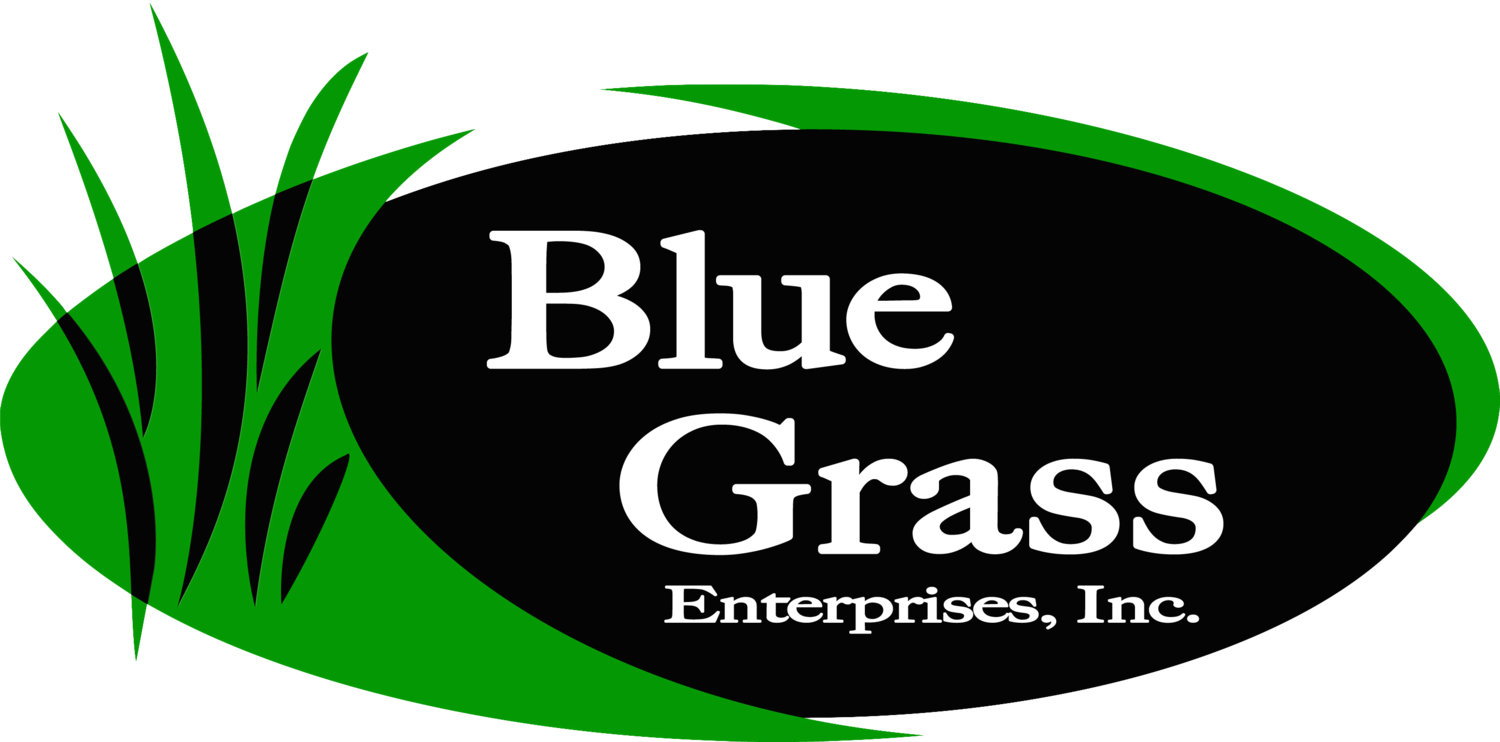Quackgrass in Sarah’s lawn. hangs head in shame
So I hemmed and hawed about using the term “the ducking worst”, but then I found this duck meme when I searched for quack-related memes online. And I only get to use duck puns once a year, so I went for it.
I hope this image brings you as much joy as it has for me today! (From now on I will be referring to quackgrass questions in the office as “the quackin”.)
But for real, quackgrass might be Sarah’s #1 least favorite grassy weed to show up in Iowa lawns. And in the interest of being fully transparent, this first example photo is from along Sarah’s driveway this spring. UGH. Quackgrass really is truly a worthy foe.
A Brief History of Quackgrass
A native of Europe and Northern Africa, quackgrass has spread across the globe, even growing in the Arctic! This grass is officially labeled as an invasive species in many countries, despite having been deliberately imported for many years as a foraging grass for grazing animals. Oops.
Oh, and birds love the seed heads they produce, so if you are wondering how quackgrass got into your lawn when you have no grazing animals and you didn’t import it from another continent, feel free to file a complaint with your avian friends.
In early spring each year, we get lots of phone calls from folks asking how they can kill the crabgrass in their lawn. Unfortunately, each time we have to break the bad news to callers, we WISH that weed was crabgrass because it would be easier to prevent or kill. But, crabgrass doesn’t emerge until the warmer summer months in Iowa. If you have it now, it definitely isn’t crabgrass, and it is very likely quackgrass. (Check out our new Weed ID page on our website if you don’t think you have quackgrass either!)
How Can I Identify Quackgrass in My Lawn?
You know what they say, a photo is worth a thousand words, so here are several photos! Be sure to note the light green color, the thick and fast-growing growth habit, and those tell-tale “clasping auricles” that give this plant away.





Oh No! I Have It! WHAT DO I DO!?
To date, there is no cultural or biological process that can contain this aggressive spreader. Like strawberries, quackgrass spreads by rhizomes. If you attempt to pull or dig out this green invader, it will propagate from any part of the rhizome left in the soil. It is insidious, tenacious, and… apparently, sweet-smelling if you are living in medieval Europe and you dry out the rhizomes as a substitute for incense in your cathedrals? (I learned that today on the internet. Huh. Who knew?!) In short, it is about as annoying as it gets on a lawn.
Unfortunately, this nearly indestructible plant can only be controlled by a non-selective herbicide like Round-Up. Remember that for non-selective herbicides to be most effective, they need to be applied when the plant is actively growing (so not when it is super cold outside). After spraying, we recommend you install sod in the area, rather than seed, in an effort to smother out any potential plant debris that might have been missed in the initial treatment.
Looking for more timely info on how to best care for your lawn? Be sure to follow our YouTube channel for short tutorial videos throughout the year.
Think you have crabgrass in early spring in Iowa? You don’t.



